Ancient Egyptian cemetery holds rare 'Book of the Dead' papyrus and mummies
Archaeologists in Egypt have discovered an ancient cemetery that has stone sarcophagi, coptic jars and even a "Book of the Dead" scroll.
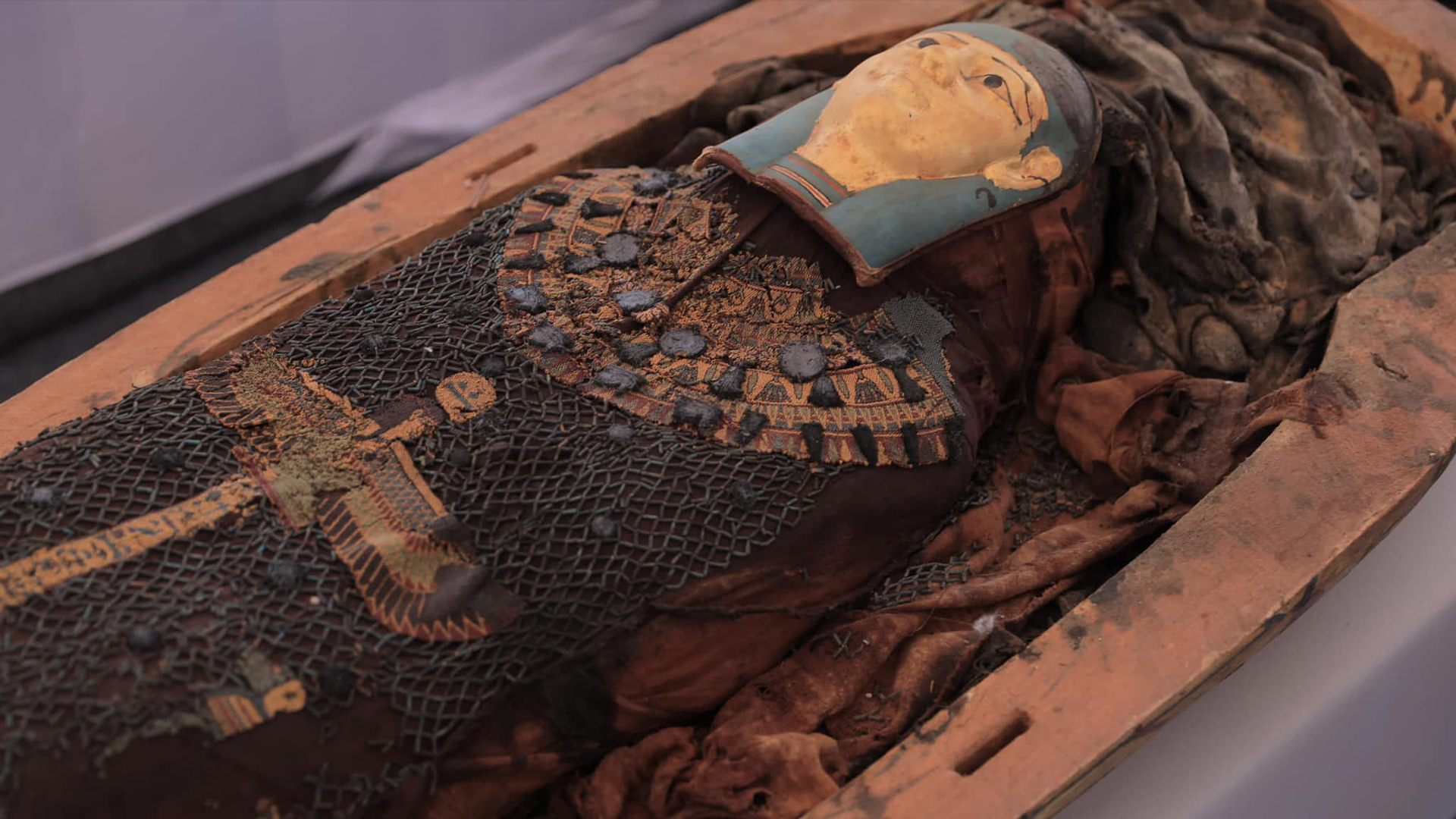
Archaeologists in Egypt have discovered a 3,500-year-old cemetery that contains a "Book of the Dead" papyrus.
The cemetery, at Tuna al-Gebel in central Egypt, dates back to the New Kingdom (circa 1550 to 1070 B.C.) and contains mummies, sarcophagi, amulets and numerous "shabti" (also called ushabti) figurines that were meant to serve the deceased in the afterlife, according to an Arabic statement from the Egyptian Ministry of Tourism and Antiquities. The "Book of the Dead" papyrus found in the cemetery is about 43 to 49 feet (13 to 15 meters) long. Archaeologists from the ministry have been excavating the site since 2017 and found the cemetery recently.
The "Book of the Dead" is a modern-day name given to a variety of texts that served a number of purposes, including helping the dead navigate the underworld. The name the ancient Egyptians gave these texts is sometimes translated as the "Book of Coming Forth by Day." Copies of "Book of the Dead" excerpts were sometimes buried with the deceased.
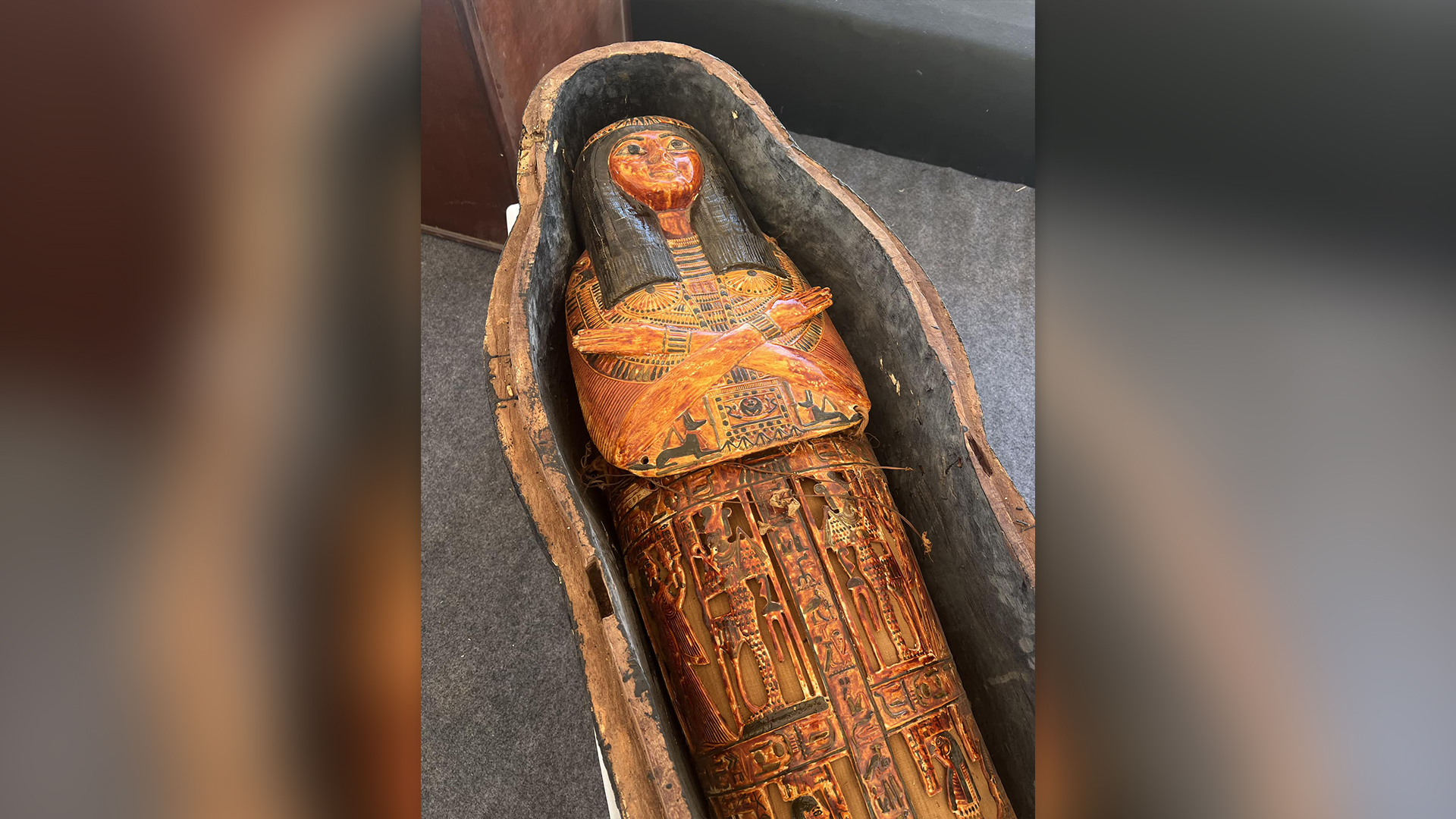
The statement contained little information on the newly found copy of the "Book of the Dead." It is not clear which exact texts it contains or with whom it was buried. No photographs of the "Book of the Dead" papyrus were released, and members of the team that discovered it did not respond to requests for comment.
Related: See photos of stunningly preserved 52-foot-long Book of the Dead papyrus from ancient Egypt
Scholars who were not involved with the excavation said the find could be important. It is "very rare" to find a copy of the "Book of the Dead" in the grave where it was originally buried, Foy Scalf, an Egyptologist and head of research archives at The University of Chicago, told Live Science in an email. "Without photographs, it is hard to say more, and it is customary to wait for some form of official publication to form solid assessments."
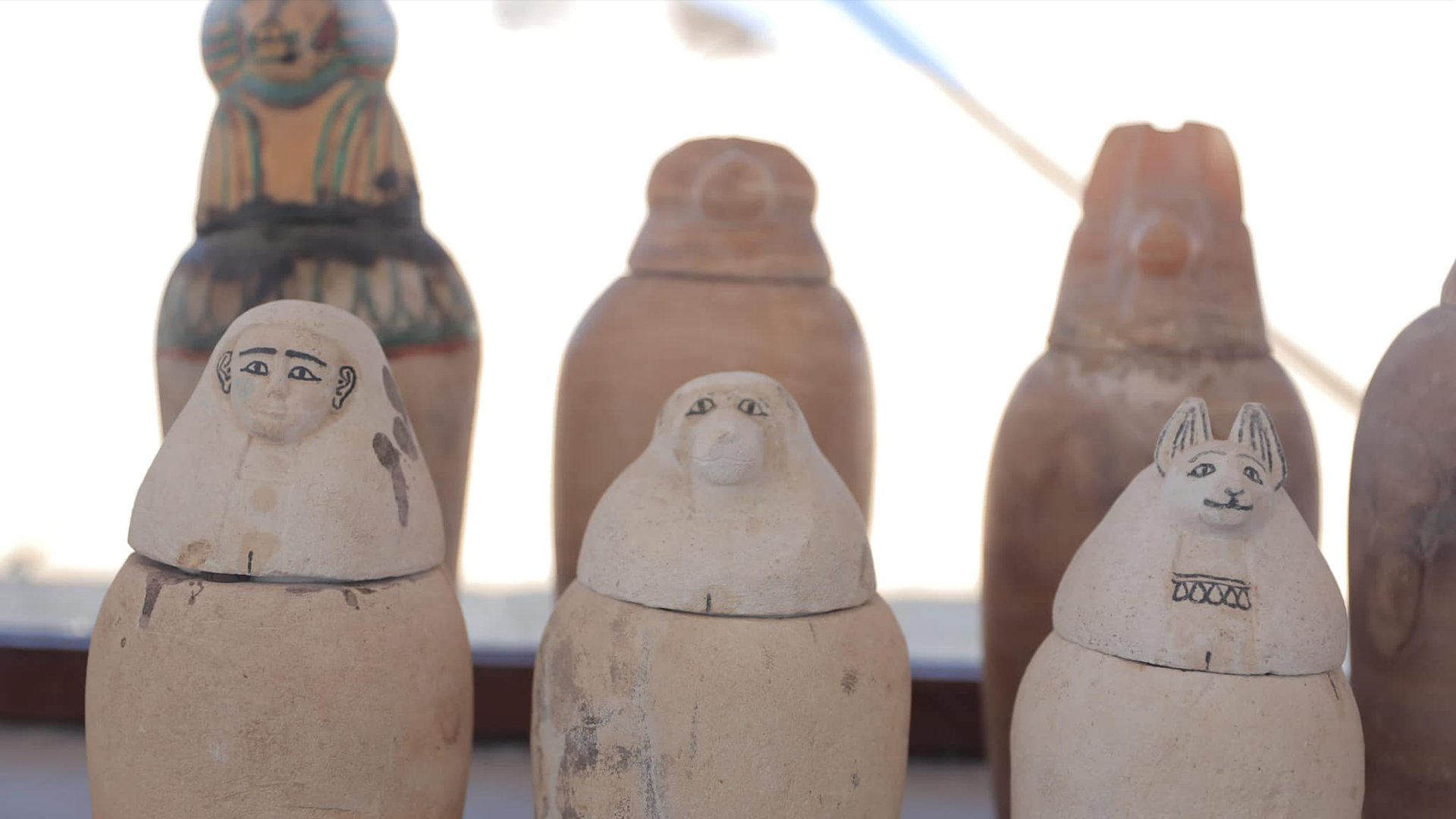
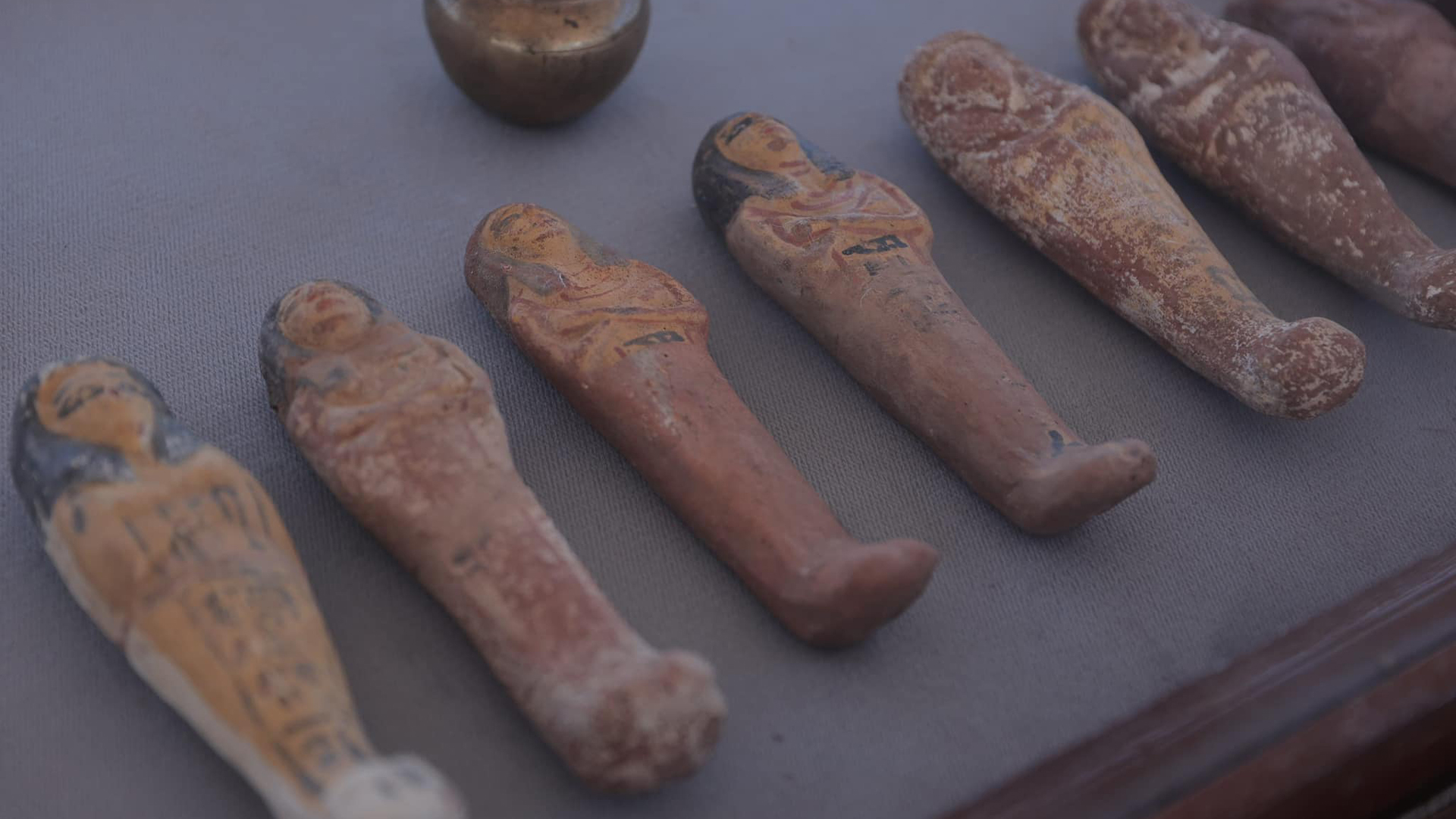
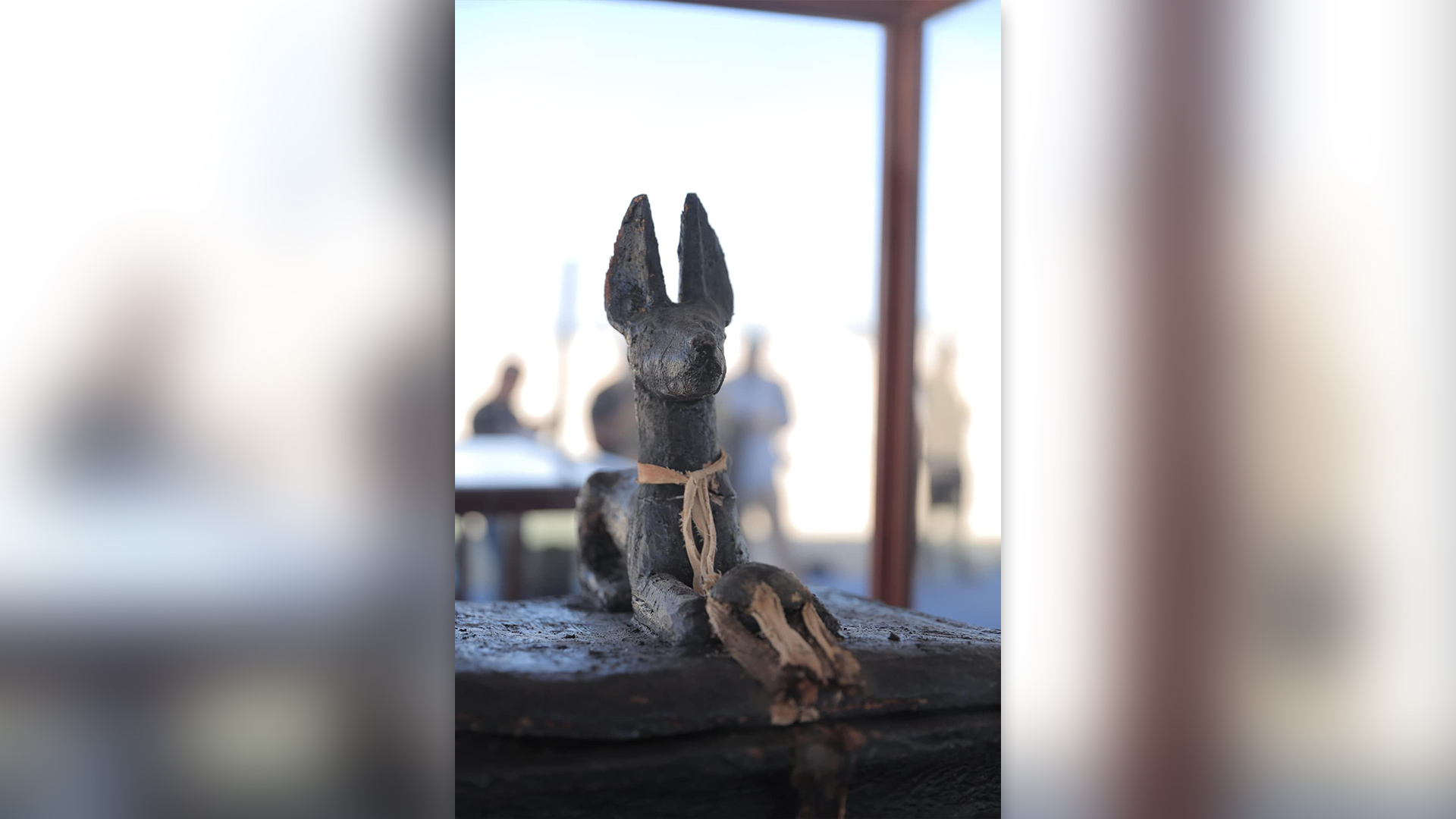
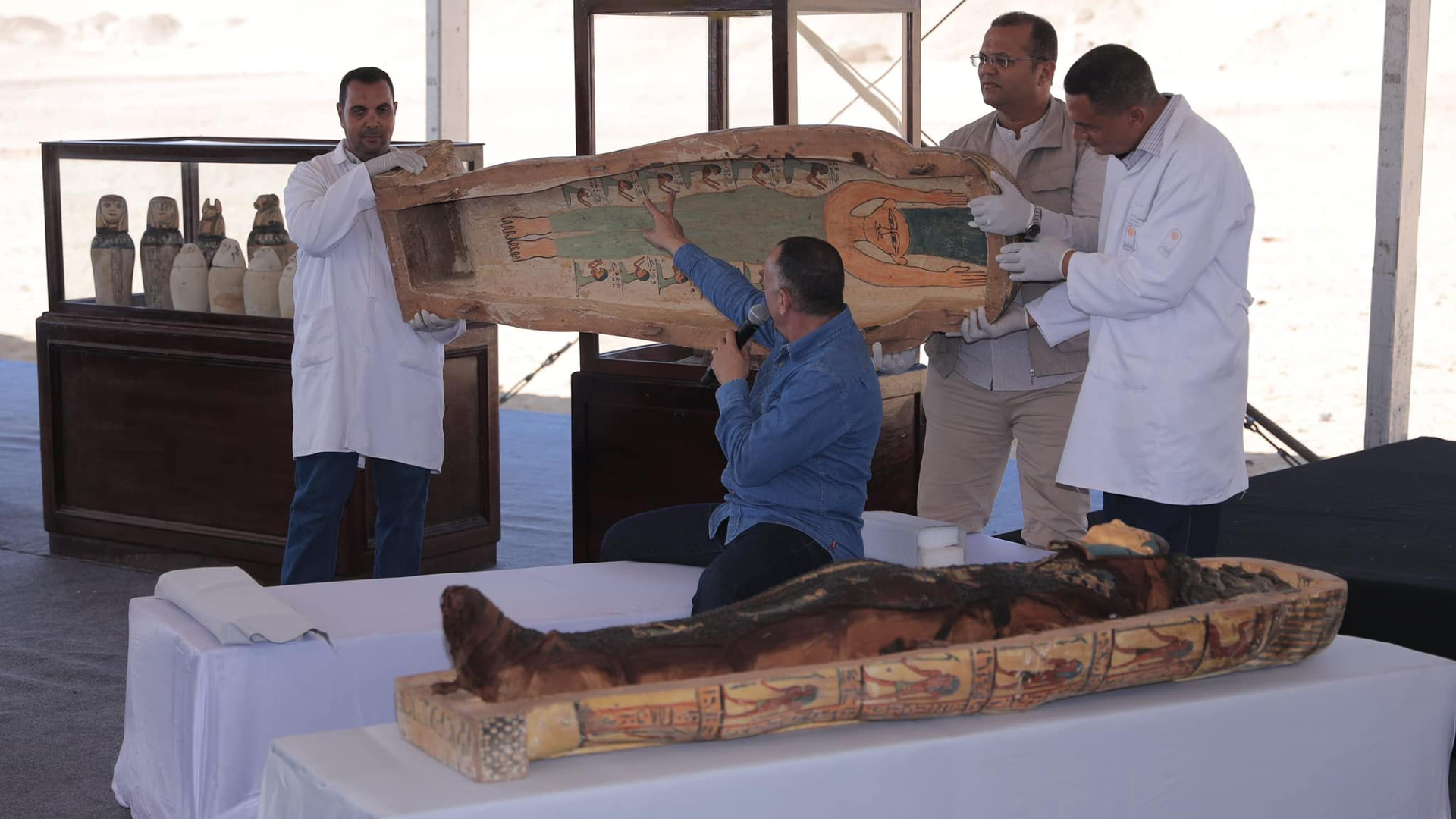
Lara Weiss, CEO of the Roemer and Pelizaeus Museum in Germany, who has studied the "Book of the Dead" extensively, told Live Science in an email that "if it's that long and well-preserved [then it's] certainly a great and interesting find."
Sign up for the Live Science daily newsletter now
Get the world’s most fascinating discoveries delivered straight to your inbox.
The archaeologists at the newfound cemetery unearthed a number of coffins and mummies, including the daughter of Djehuty, a high priest of the god Amun who lived more than 3,500 years ago, according to the statement. Another coffin appears to belong to a woman who was a singer in the temple of Amun, a deity associated with the sun and the ancient city of Thebes (modern-day Luxor).
The cemetery also contained many canopic jars that would have held the organs of the deceased, the statement said. Remains of stone sarcophagi, which held the wooden coffins of the deceased, were also found.
Excavations and analysis of the remains are ongoing.

Owen Jarus is a regular contributor to Live Science who writes about archaeology and humans' past. He has also written for The Independent (UK), The Canadian Press (CP) and The Associated Press (AP), among others. Owen has a bachelor of arts degree from the University of Toronto and a journalism degree from Ryerson University.









